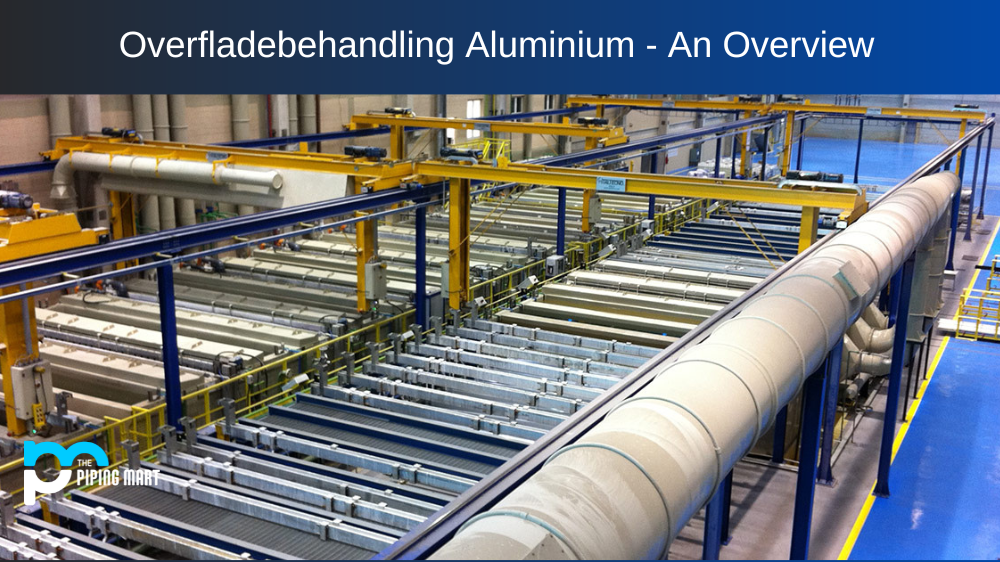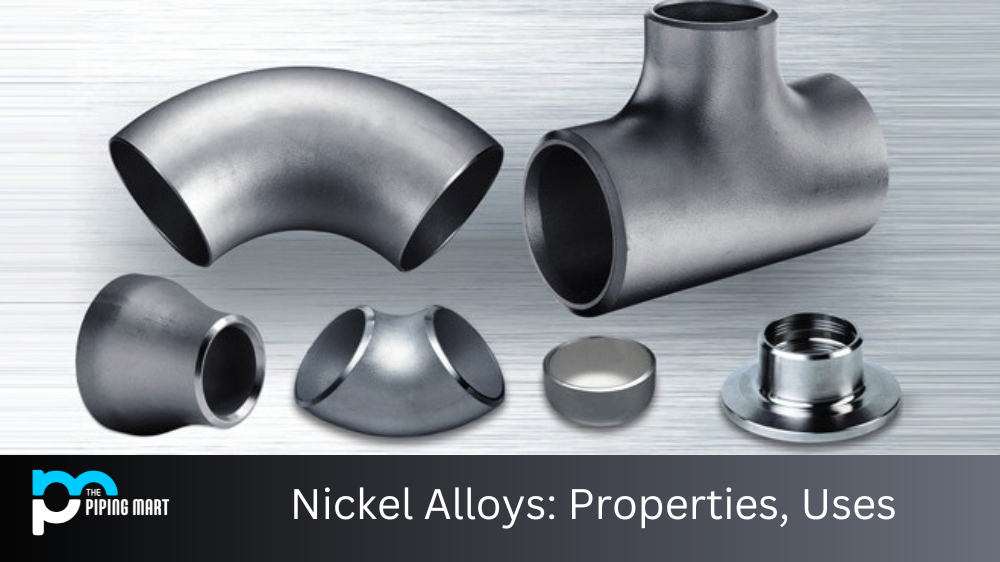Bending steel plates is challenging and requires a great deal of skill, knowledge, and patience. It’s not something that can be done in a day – it takes practice, expertise, and the right tools. The good news is that with the right resources, anyone can master the basics of steel plate bending. This guide will look at what you need to know to bend steel plates like a pro.
Tools Needed for Bending Steel Plate
The first step in learning to bend steel plates is understanding the tools you need and how they work together. You will need a press brake, an upper die (a tool used to create bends), a lower die (used to support the sheet while it is being bent), clamps, and other tools depending on your specific project.
When selecting these tools, ensure that all parts are compatible, as mismatched or incompatible parts may cause damage or result in inaccurate results. Additionally, different types of metal require different tooling setups; for example, aluminum requires different tooling than stainless steel.
Bending Process
Once you have all your tools set up correctly, you can begin the bending process by clamping the sheet metal into place between the upper and lower dies. When clamping your sheet metal into position, make sure that it is secure so that it doesn’t move during the bending process; if it moves, then you could end up with inaccurate results or even damage your equipment. Once securely clamped into a place, you can then use the press brake to make your desired bends. Depending on your project, you may have multiple bends – if this is the case, then make sure to complete each bend before unclamping and repositioning for additional bends.
Finishing Your Project
When completing your project, be sure to check all of your measurements against those indicated on your plans or blueprints – this will help ensure accuracy when completing any type of construction project using bent steel plates. You should also inspect all edges for burrs or sharp edges that could cause injury; if any burrs are found, they should be filed down before use, as they can be very dangerous when working with heavy materials such as steel plates. Lastly, apply appropriate coatings after installation to protect against corrosion and other wear and tear.
Conclusion:
Bending steel plates does take some skill, but with careful practice, anyone can learn how to do it successfully with excellent results each time! For best results, always double-check measurements against plans or blueprints before beginning any project using bent steel plates – this will help ensure accuracy throughout each step of fabrication and installation while keeping everyone safe from potential hazards associated with sharp edges, etc. With proper care and maintenance applied after completion, bent steel plates can last for many years without issue – providing strength and reliability during their life cycle! Thanks for reading!

Meet Bhavesh, a seasoned blogger with a wealth of knowledge and experience. From metal products manufacturing to retail, Bhavesh has a diverse background in various industries and is dedicated to sharing his insights and expertise with readers.




